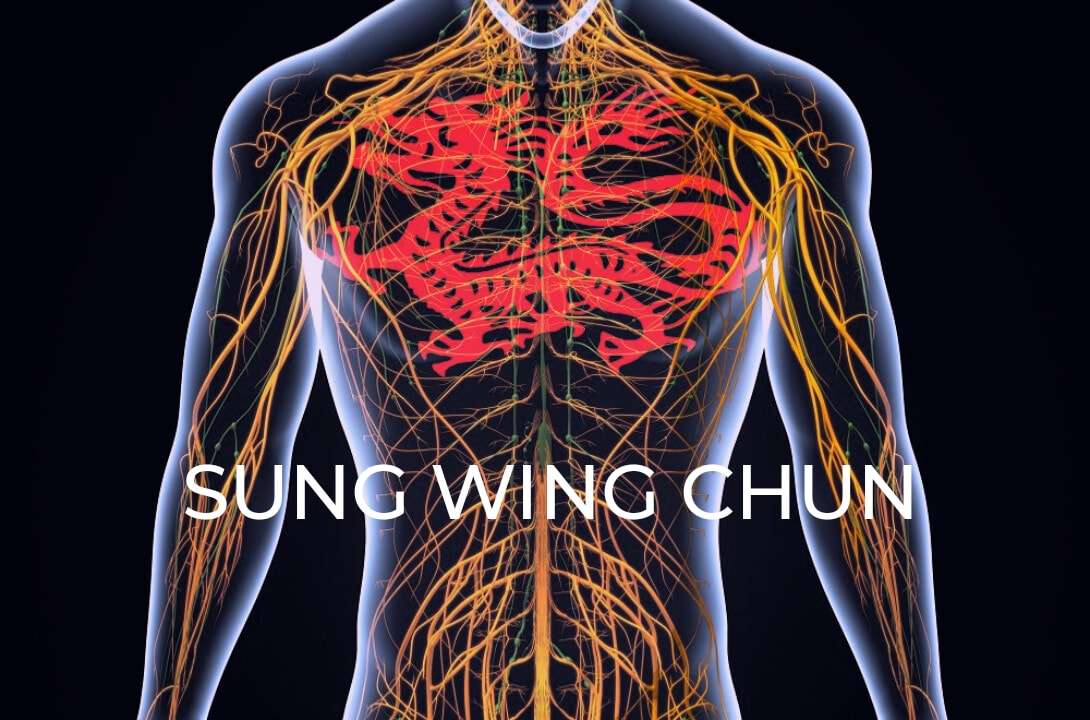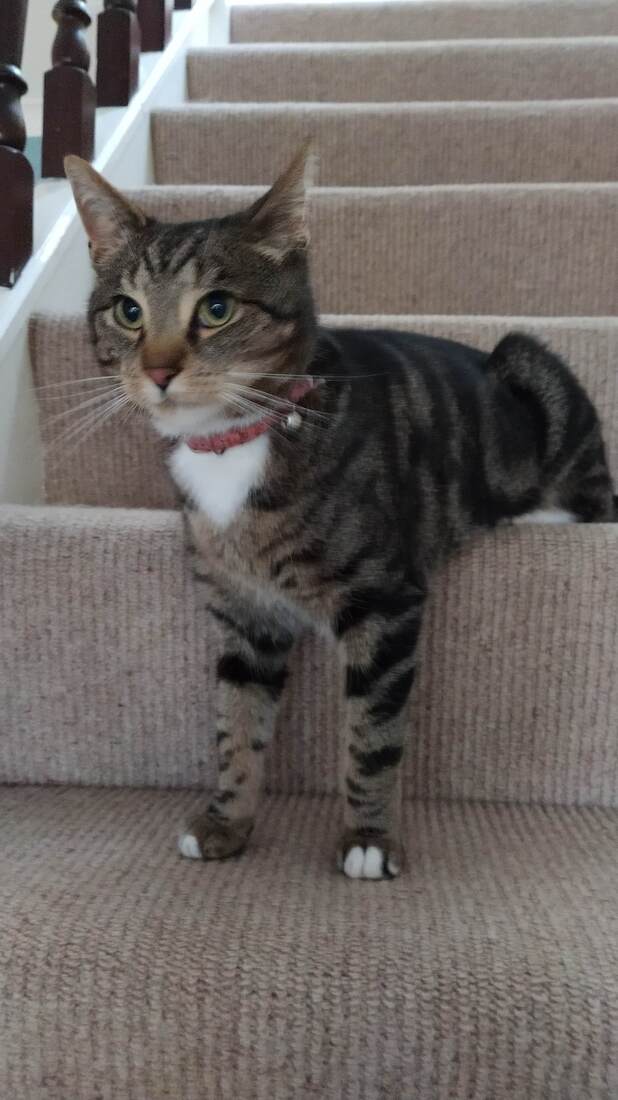Stand on your own two feet
3/16/2022
Since being recently asked to record more of my teaching ideas into blog, I’ve been considering drafting something along the lines of ‘thoughts on approaching 20 years in wing chun’. That title would be a blatant lift from an excellent article by Susanna Ho, but the idea of distilling down 20 years of training slightly fills me with dread. However, the title of this blog works better for me as it is close to my heart and it covers at least three key areas.
Lower leg integration I recently read a comment from someone stating that in CST lineage the lower legs should be excluded in power generation. It really does surprise me how people interoperate information without much thought of the consequences for what it would mean. The postural system runs right through the body and is enlivened when we contact the floor and when that pressure shifts or increases. Most people are so stiff in the leg below the knee that they have no concept of how powerful micromovements of the tendons in the feet and Achilles are. The interaction of body movement through release in the feet is key to power generation. Whole body awareness means just that, the whole body. Force is not wholly or solely generated in one particular place of the body, be it the centre, dan tien or tailbone, because that makes no sense. It's the interrelation of the sum of parts of the whole body which gives the effect of it appearing it come from the middle. Trying to move from your centre is counterproductive (no creature on earth does that), but for arguments sake you could say that because a well-coordinated body moves as a connected unit then the centre of mass is perfectly in tune with that movement. But really, does that way of thinking get you any further in your training? In my experience it encourage the wrong type of thinking (ends before means) and leads to seeing wing chun as an academic skill and not a skill for life. Dependence One of the goals of a trip to train with CST was to be 'set up' by him to move powerfully but without effort. The hope being that with repeated experience you would be able to perform such actions independently. For most people this was to some extent successful, but it also led to an element of dependence on him as a teacher to provide the vital spark. Without that extra something, the improvements for most has been rather limited and their quest still goes on for the secret ingredient he took with him when he passed. After nearly 20 years of training I suspect I understand part of the problem. What if the area of the brain CST described as the nim tao part is really a brain function related to balance. Instead of seeing that as a specific area of the brain , you can see it as a particular way of thinking to bring about a better coordination in the functioning of the body. Most people are stiff, consciously and subconsciously holding onto mental and physical tension. Finding a way to let go and get out of the way of natural functioning is the only way to find balance. Balance in movement (poise) Balance involves released ankles and neck and just about every joint in between. It doesn't involve a tucked in the tailbone, leaning back, pulled in elbows or pigeon toes. It also does not involve overly relaxed areas because that is just as much an interference to proper functioning as undue tension. We need to be balanced so we are free to fulfil the function we are designed for, or how we are intending to use ourselves for. And fighting requires a particularly high level of freedom and balance. So, here is where things have gone wrong and how to improve them... Dependence (again) A person like CST with an incredible level of poise can communicate that ability by touch to someone else. With gentle manipulate they can 'lend' their coordination and balance to a student and let them know what effortlessness feels like. It's a bit like someone lifting you up gently under the armpits and you seeing your upper body as weightless. Of course it is not, but it does give you the opportunity of letting go of undue muscular use. It's also a nice feeling. The potential problem with the 'setting up method' (something I have been guilty of as a teacher myself), is by providing a gentle pressure to the arm of a student, you inadvertently teach then to try to borrow support from a third party. This can later translate to over reliance on a teacher, or even more common a tendency to chase hands as they enjoy the support someone else give them. The reason for the latter is that by learning to use the balance of others, we subtly lean, push and in the end become reliant on others for support. Balance (again) And this takes us to the point of the blog, not just to be your own person, but to rediscover how to fall into the space where you stand and rise up from their feet. To not look to connect to others (as that makes us dependant), not to focus on arms but stay back in our backs and use our spines as intended. And intention is really the point here, have an idea of what you truly need in yourself to be a mobile, flexible and a stable person as nature intended. If you can rediscover that idea, then you can potentially release your arms from and across your back and so move as intended without pulling you forward and down where you will likely end up if you follow old habits of movement. Independence In my opinion a primary goal of teaching has to be to help a student return to natural balance on the ground directly below them. Too much feeding force to them encourages a latent desire to find and manipulate the balance of others and they then loose a sense of their own poise. This for me leads to a sub conscious desire to chase hands, because the student learns to feel comfortable when they are ‘holding’ the opponent. So part of my intention as a teacher is to free the student of the need for me to set them up. Poise is not parasitic. None of this should be construed as a criticism of those who can actually replicate what CST could do, or even worse those who have been able to teach such skills successfully, it's just a chronicling of my changing understand over the last 20 years. Perhaps I'll change my thinking again, I'm very open to that. As ever, this blog is a jumble of (carefully chosen) words, it might make sense if you have walked the same path as me or you have already worked with me, or more than likely you will disagree with a lot of what I say as we do not have a shared experience. Fortunately I do not need the approval of a reader, as that would make me needy (dependant).
1 Comment
Jon
3/16/2022 02:49:43 pm
This is a well written, and developed article. It really shows a true progression of thought over time which, in turn, makes it thought provoking. I really liked how it breaks down the body and mind elements of wing chun throughput.
Reply
Your comment will be posted after it is approved.
Leave a Reply. |
AuthorKeeping you up to date with what is happening in class Archives
July 2024
Categories |


 RSS Feed
RSS Feed